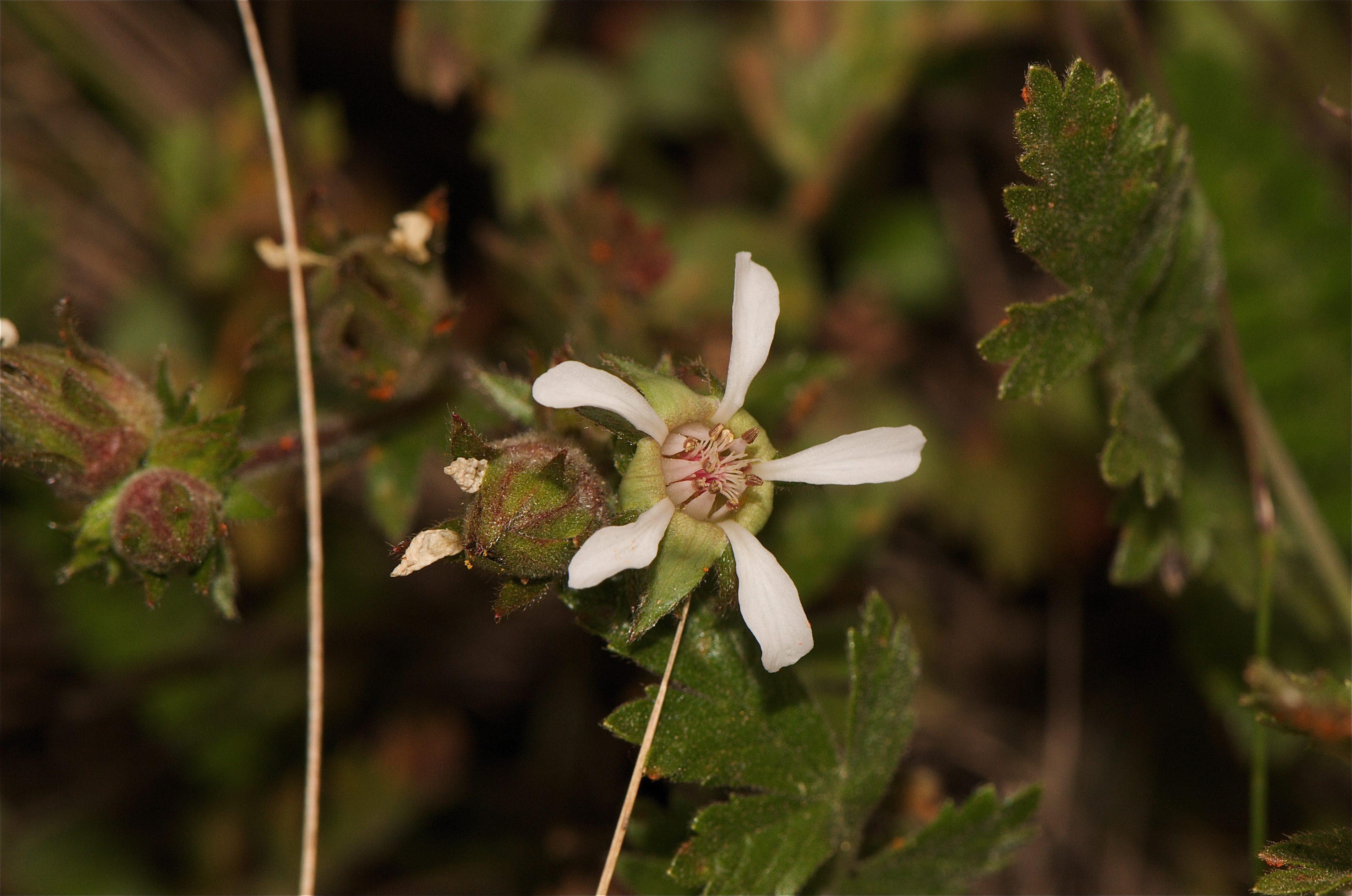Horkelia Cuneata on:
[Wikipedia]
[Google]
[Amazon]
 ''Horkelia cuneata'' is a species of flowering plant in the
''Horkelia cuneata'' is a species of flowering plant in the
Jepson Manual TreatmentPhoto gallery
cuneata Flora of California Flora without expected TNC conservation status {{rosoideae-stub
 ''Horkelia cuneata'' is a species of flowering plant in the
''Horkelia cuneata'' is a species of flowering plant in the rose family
Rosaceae (), the rose family, is a medium-sized family of flowering plants that includes 4,828 known species in 91 genera.
The name is derived from the type genus ''Rosa''. Among the most species-rich genera are ''Alchemilla'' (270), ''Sorbus' ...
known by the common name wedgeleaf horkelia. It is endemic
Endemism is the state of a species being found in a single defined geographic location, such as an island, state, nation, country or other defined zone; organisms that are indigenous to a place are not endemic to it if they are also found elsew ...
to California
California is a U.S. state, state in the Western United States, located along the West Coast of the United States, Pacific Coast. With nearly 39.2million residents across a total area of approximately , it is the List of states and territori ...
, where it grows in coastal chaparral
Chaparral ( ) is a shrubland plant community and geographical feature found primarily in the U.S. state of California, in southern Oregon, and in the northern portion of the Baja California Peninsula in Mexico. It is shaped by a Mediterranean c ...
communities and sandy areas. This is a matting or clumping perennial herb producing erect green or red stems up to 70 centimeters tall. The fernlike green leaves are up to 30 centimeters long and are made up of toothed, oval-shaped leaflets each one or two centimeters long. The foliage and stems are often quite hairy. The inflorescence
An inflorescence is a group or cluster of flowers arranged on a stem that is composed of a main branch or a complicated arrangement of branches. Morphologically, it is the modified part of the shoot of seed plants where flowers are formed o ...
holds several flowers, each with narrow, pointed bract
In botany, a bract is a modified or specialized leaf, especially one associated with a reproductive structure such as a flower, inflorescence axis or cone scale. Bracts are usually different from foliage leaves. They may be smaller, larger, or of ...
lets and wider, reflexed sepal
A sepal () is a part of the flower of angiosperms (flowering plants). Usually green, sepals typically function as protection for the flower in bud, and often as support for the petals when in bloom., p. 106 The term ''sepalum'' was coined b ...
s. The sepals and five white petals may be tinted with bright pink. The center of the flower holds ten stamen
The stamen (plural ''stamina'' or ''stamens'') is the pollen-producing reproductive organ of a flower. Collectively the stamens form the androecium., p. 10
Morphology and terminology
A stamen typically consists of a stalk called the filame ...
s and up to 60 small pistils
Gynoecium (; ) is most commonly used as a collective term for the parts of a flower that produce ovules and ultimately develop into the fruit and seeds. The gynoecium is the innermost whorl of a flower; it consists of (one or more) ''pistils'' ...
.
External links
Jepson Manual Treatment
cuneata Flora of California Flora without expected TNC conservation status {{rosoideae-stub